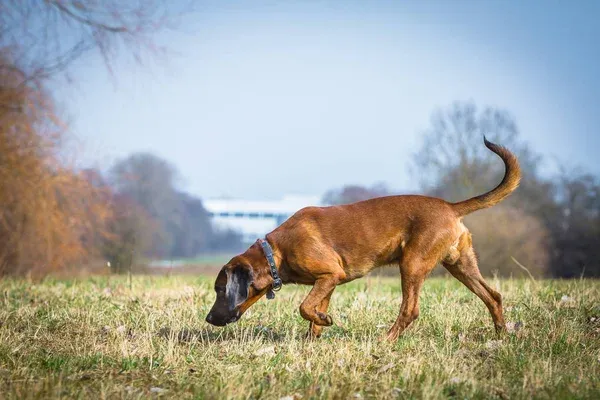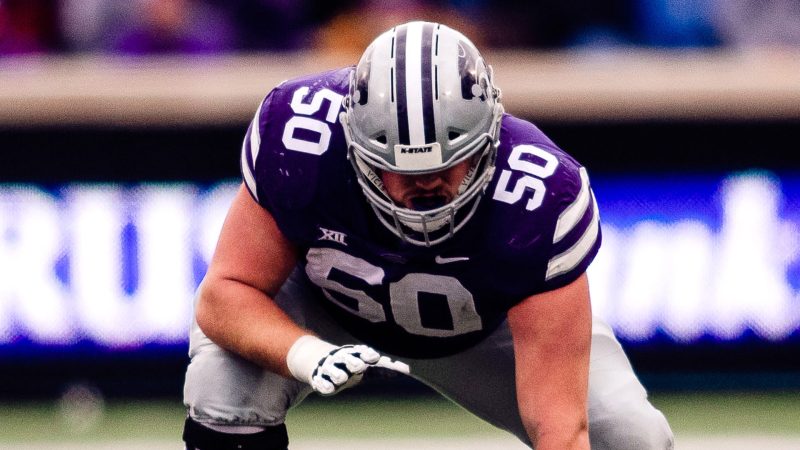Unraveling the Mysteries of Bloodhound Locations: Tracking the Scent of History

In the vast world of scent detection, one canine stands out above the rest – the Bloodhound. Renowned for its exceptional tracking abilities, the Bloodhound has been employed for centuries to follow trails, locate missing persons, and solve crimes. In this article, we delve into the fascinating realm of Bloodhound locations, exploring the history, training, and remarkable feats of these extraordinary scent-tracking dogs.
The History of Bloodhound Tracking:
The Bloodhound’s roots can be traced back to medieval Europe, where monks in the St. Hubert Monastery selectively bred dogs with an exceptional sense of smell. These dogs, named St. Hubert Hounds, laid the foundation for the Bloodhound breed we know today. The name “Bloodhound” is believed to have originated from the French phrase “blanc odorant,” meaning “scent hound.”
Bloodhounds gained prominence in the Middle Ages and were highly valued for their ability to track scents over great distances. Their unparalleled olfactory senses made them invaluable in hunting and finding individuals, earning them a reputation as the finest tracking dogs in existence.
Training Bloodhounds for Tracking:
Bloodhounds are known for their loose, wrinkled skin, long ears, and distinctive droopy eyes. However, it’s their sense of smell that truly sets them apart. The average Bloodhound’s nose contains about 230 million scent receptors, compared to the human nose, which has a mere 5 million. This incredible olfactory ability makes them ideal for tracking scents left behind by humans.
Training a Bloodhound for tracking involves exposing them to a variety of scents from an early age. Puppies are introduced to different odors and encouraged to follow trails. As they grow, more complex scenarios are introduced, such as tracking scents across diverse terrains and environments. Handlers often use articles of clothing or personal items to create scent trails for the Bloodhounds to follow.
The Training Process:
- Scent Discrimination: Bloodhounds are trained to discriminate between different scents, enabling them to focus on specific trails without being distracted by other odors.
- Trail Aging: Handlers train Bloodhounds to work with older scent trails, enhancing their ability to track over extended periods. This skill is crucial in search and rescue operations where time is a critical factor.
- Urban and Rural Environments: Bloodhounds are exposed to both urban and rural environments during training to ensure they can effectively track scents in various settings. This versatility makes them invaluable in different scenarios, from finding missing persons in cities to locating lost hikers in remote areas.
Remarkable Feats of Bloodhound Locations:
Bloodhounds have been responsible for solving numerous crimes and finding missing persons throughout history. One notable case is the “Case of the Hound in the Basket” in 1902, where a Bloodhound named Nick Carter successfully tracked a murderer in England. The convict had hidden in a basket, attempting to evade capture, but Nick Carter’s keen sense of smell led to the criminal’s apprehension.
In recent times, Bloodhounds have played pivotal roles in search and rescue missions. In natural disasters or wilderness emergencies, these dogs have located missing individuals, often in challenging conditions. Their contributions to disaster response teams highlight their irreplaceable role in saving lives.
Bloodhound Locations in Modern Society:
Beyond their traditional roles in law enforcement and search and rescue, Bloodhounds have found applications in various fields. Their scent-tracking abilities have been utilized in wildlife conservation efforts to track endangered species, study animal behaviors, and monitor population dynamics.
In the medical field, researchers are exploring the potential of Bloodhounds in early disease detection. Some studies suggest that these dogs may be capable of detecting specific diseases, such as certain types of cancer, by identifying unique scent markers associated with the illness.
Conclusion:
The Bloodhound’s remarkable ability to track scents has woven them into the fabric of human history. From medieval hunting grounds to modern search and rescue missions, these dogs have proven to be invaluable companions. Their keen noses and unwavering dedication have not only solved crimes and found missing persons but have also opened new avenues for research and discovery.
As we continue to unravel the mysteries of Bloodhound locations, one thing remains clear – these extraordinary dogs are more than just skilled trackers; they are loyal partners in our quest for understanding and safeguarding the world around us.
-
What is a Bloodhound, and why are they known for tracking locations?
- A Bloodhound is a breed of dog with an exceptional sense of smell, making them highly proficient in tracking scents. They are renowned for their ability to follow trails over long distances, which has earned them a reputation as one of the best scent-tracking dogs.
-
How does a Bloodhound’s sense of smell compare to other dog breeds?
- Bloodhounds possess an extraordinary sense of smell, with an estimated 230 million scent receptors in their noses. This far exceeds the average dog and human, allowing them to detect and follow scents with remarkable precision.
-
What historical roles have Bloodhounds played in tracking locations?
- Bloodhounds have a rich history dating back to medieval Europe, where they were selectively bred for their tracking abilities. They were used for hunting and tracking individuals, gaining prominence for their effectiveness in solving crimes and finding missing persons.
-
How are Bloodhounds trained to track scents and locations?
- Bloodhounds are trained from a young age by exposing them to various scents and encouraging them to follow trails. Handlers use articles of clothing or personal items to create scent trails, and the training gradually advances to more complex scenarios, including different terrains and environments.
-
What specific skills do Bloodhounds develop during training for location tracking?
- Bloodhounds develop skills such as scent discrimination, trail aging (tracking older scents), and the ability to navigate both urban and rural environments. These skills make them versatile in various scenarios, from criminal investigations to search and rescue operations.
-
Can Bloodhounds track scents in different types of environments?
- Yes, Bloodhounds are trained to track scents in diverse environments, including urban areas and rural landscapes. Their adaptability makes them effective in a range of scenarios, from finding missing persons in cities to locating individuals in remote wilderness settings.
-
What are some remarkable feats of Bloodhound locations throughout history?
- Bloodhounds have been credited with solving crimes and finding missing persons in various historical cases. Notably, in 1902, a Bloodhound named Nick Carter successfully tracked a murderer in England, demonstrating the breed’s effectiveness in law enforcement.
-
How do Bloodhounds contribute to search and rescue missions in modern times?
- In modern search and rescue operations, Bloodhounds play a pivotal role in locating missing individuals. Their keen sense of smell, coupled with their ability to work with aged scent trails, makes them invaluable in finding people in emergencies, including natural disasters.
-
Are Bloodhounds used for purposes other than tracking locations in law enforcement?
- Yes, Bloodhounds have found applications beyond law enforcement, including wildlife conservation efforts. They are utilized to track and study endangered species, monitor animal behaviors, and contribute to scientific research.
-
Can Bloodhounds detect diseases or medical conditions with their sense of smell?
- Some studies suggest that Bloodhounds may have the ability to detect specific diseases, such as certain types of cancer, by identifying unique scent markers associated with the illness. However, more research is needed to fully understand their potential in medical applications.
These frequently asked questions provide insight into the fascinating world of Bloodhound locations, shedding light on their historical significance, training methods, and diverse applications in both traditional and modern contexts.






